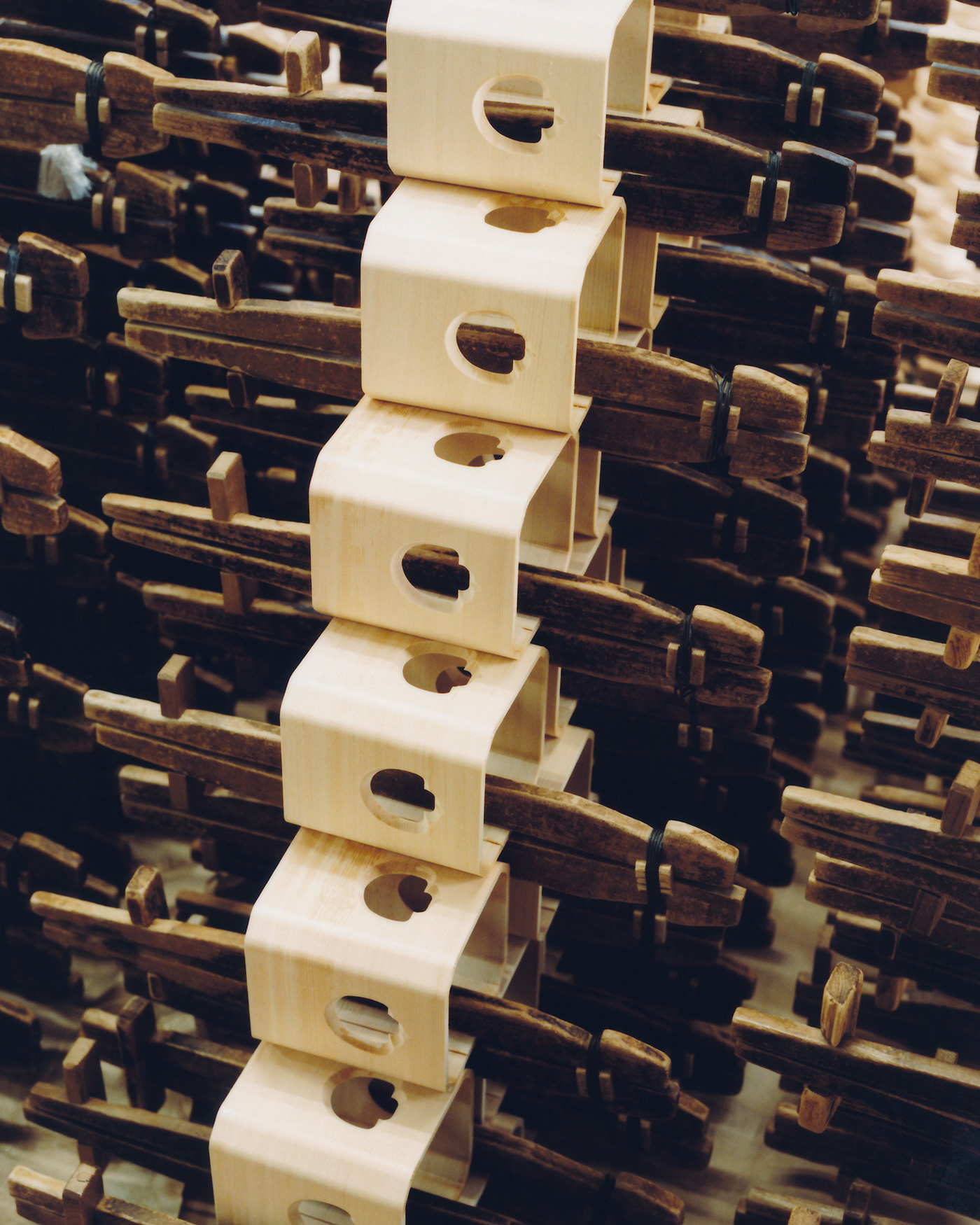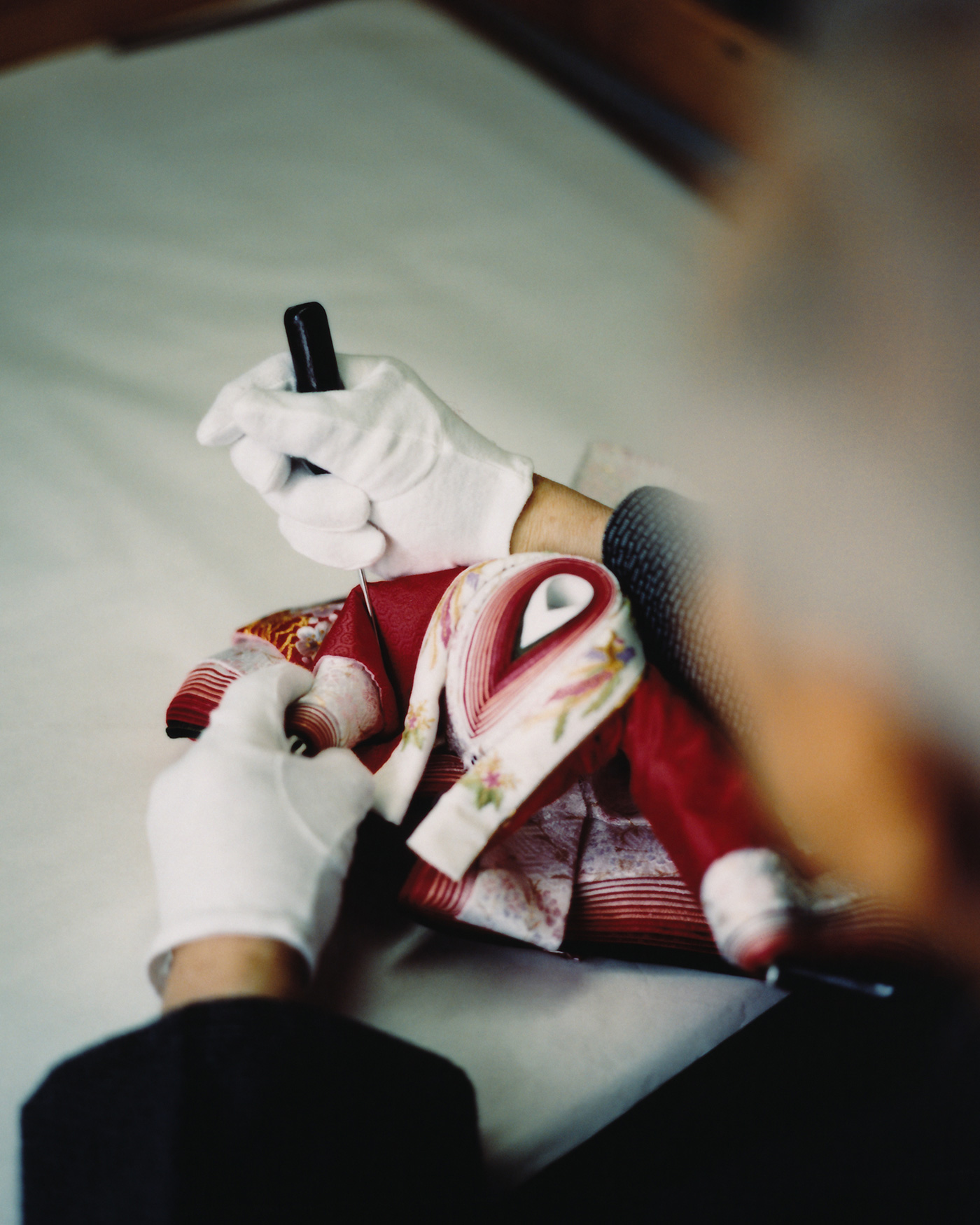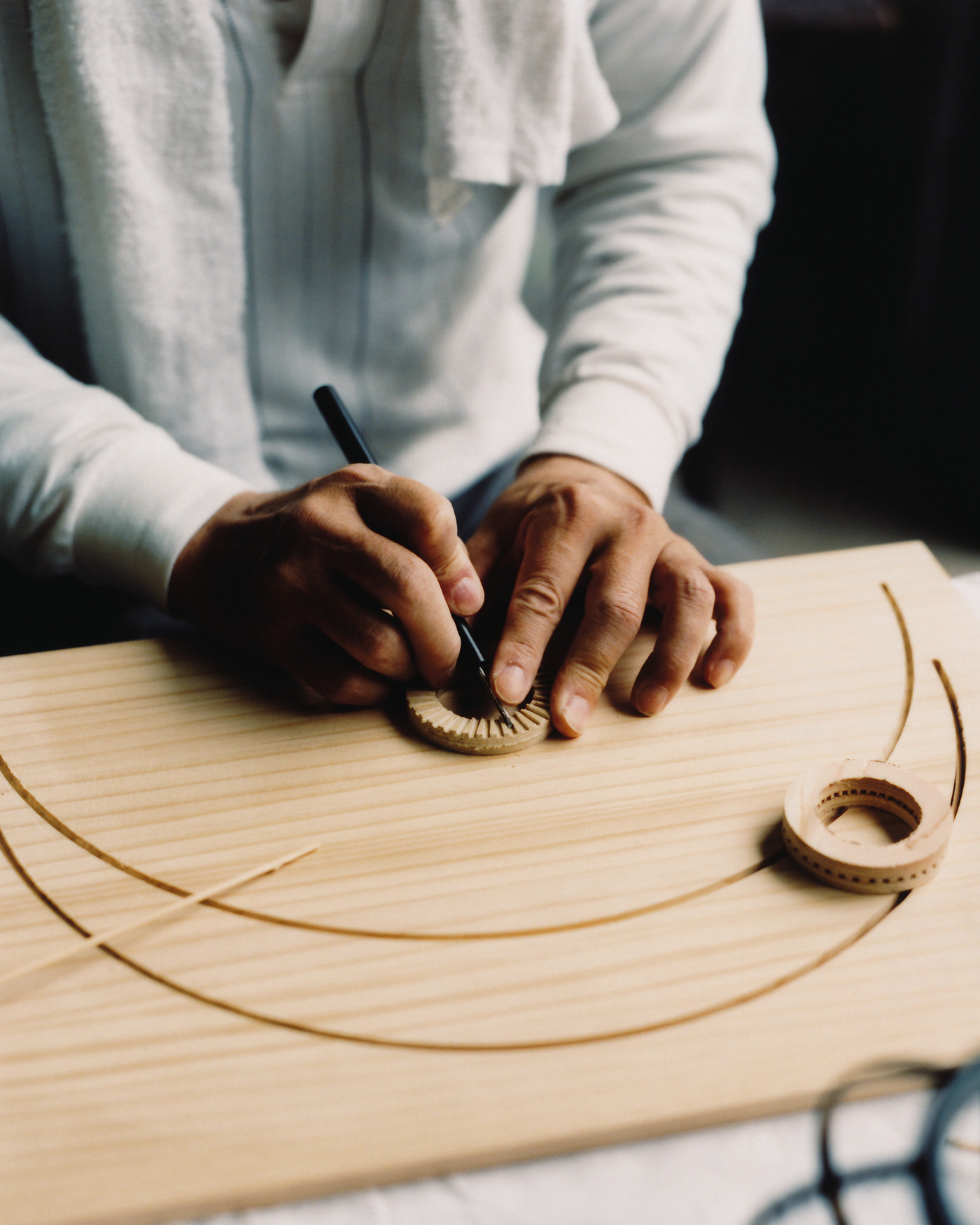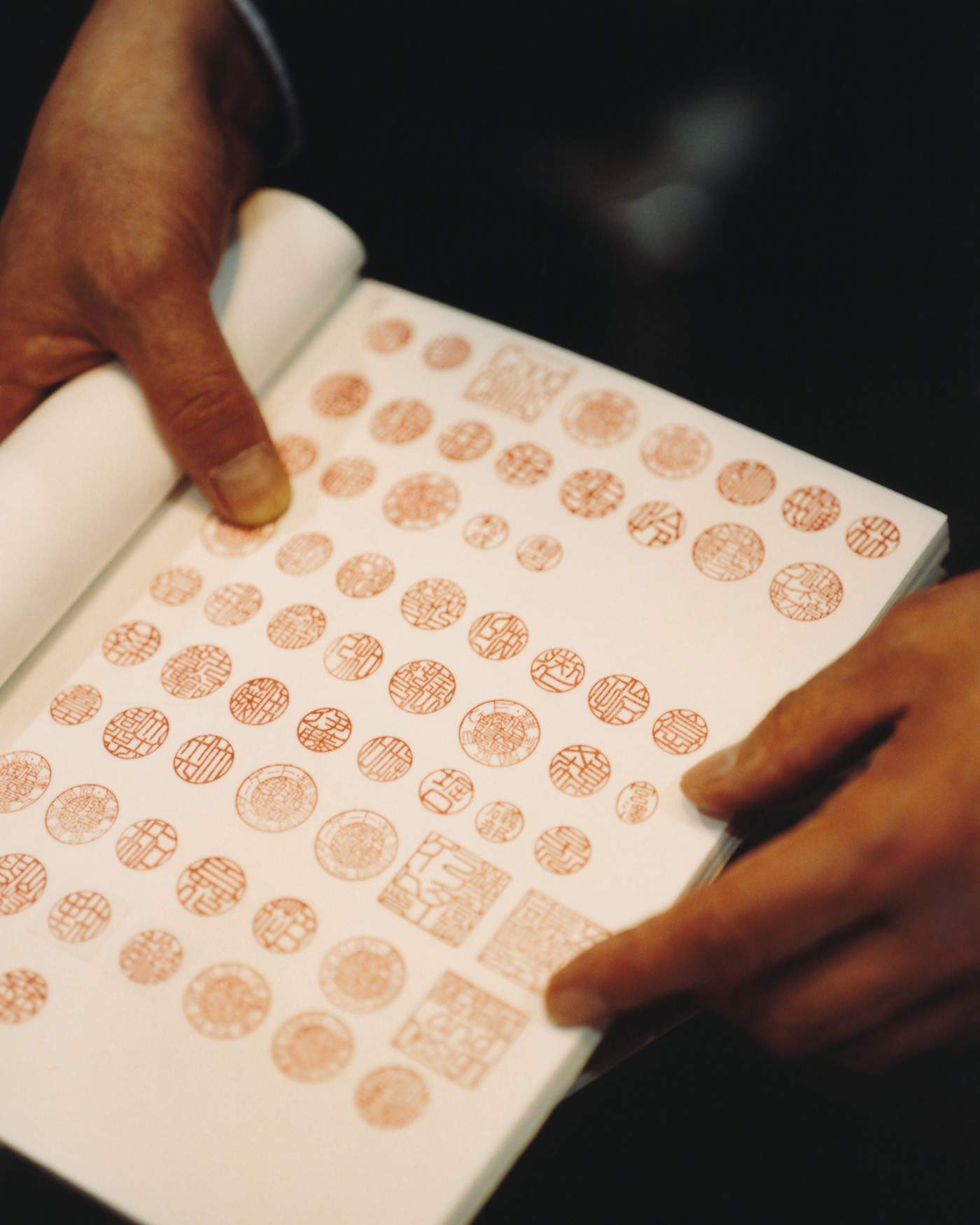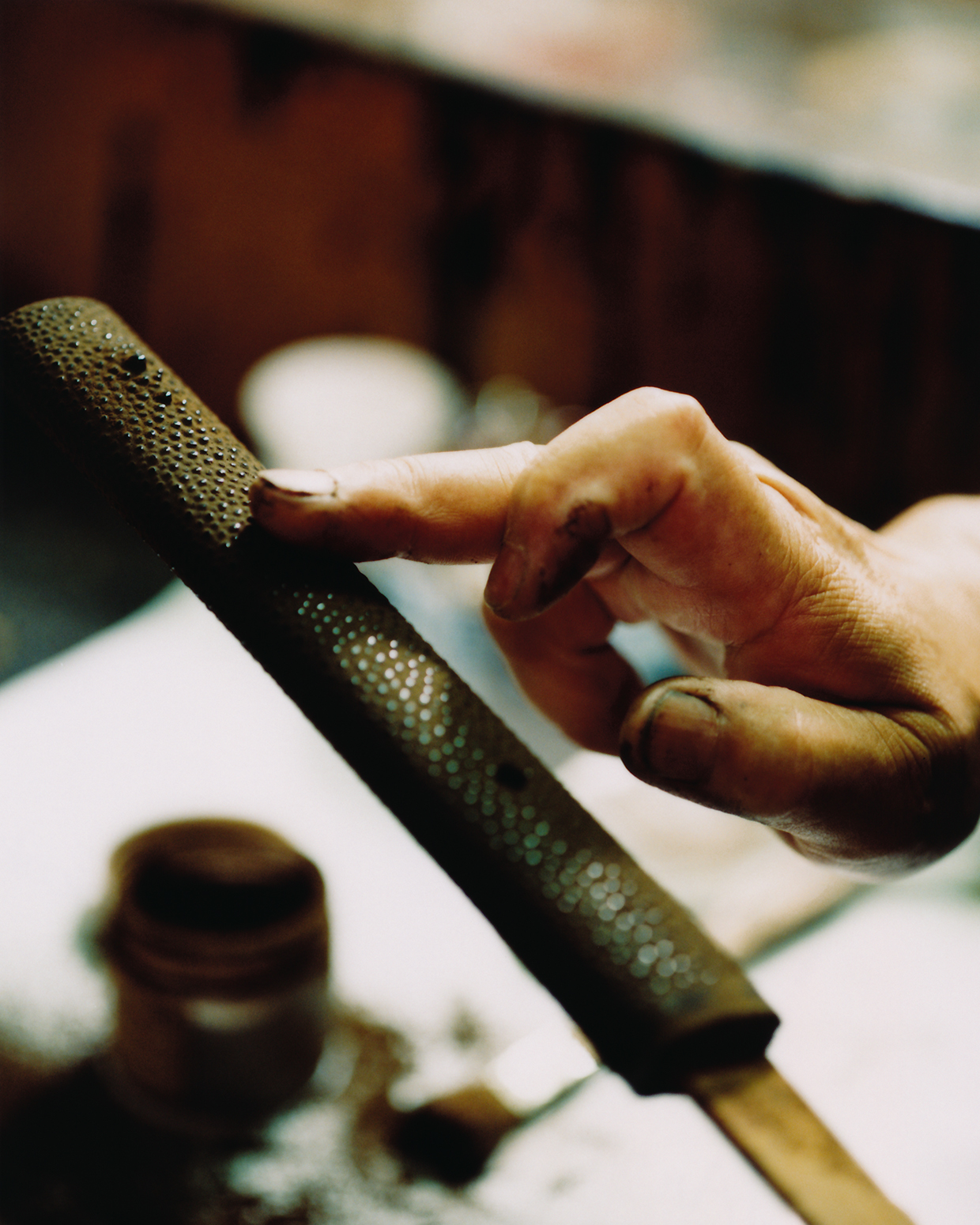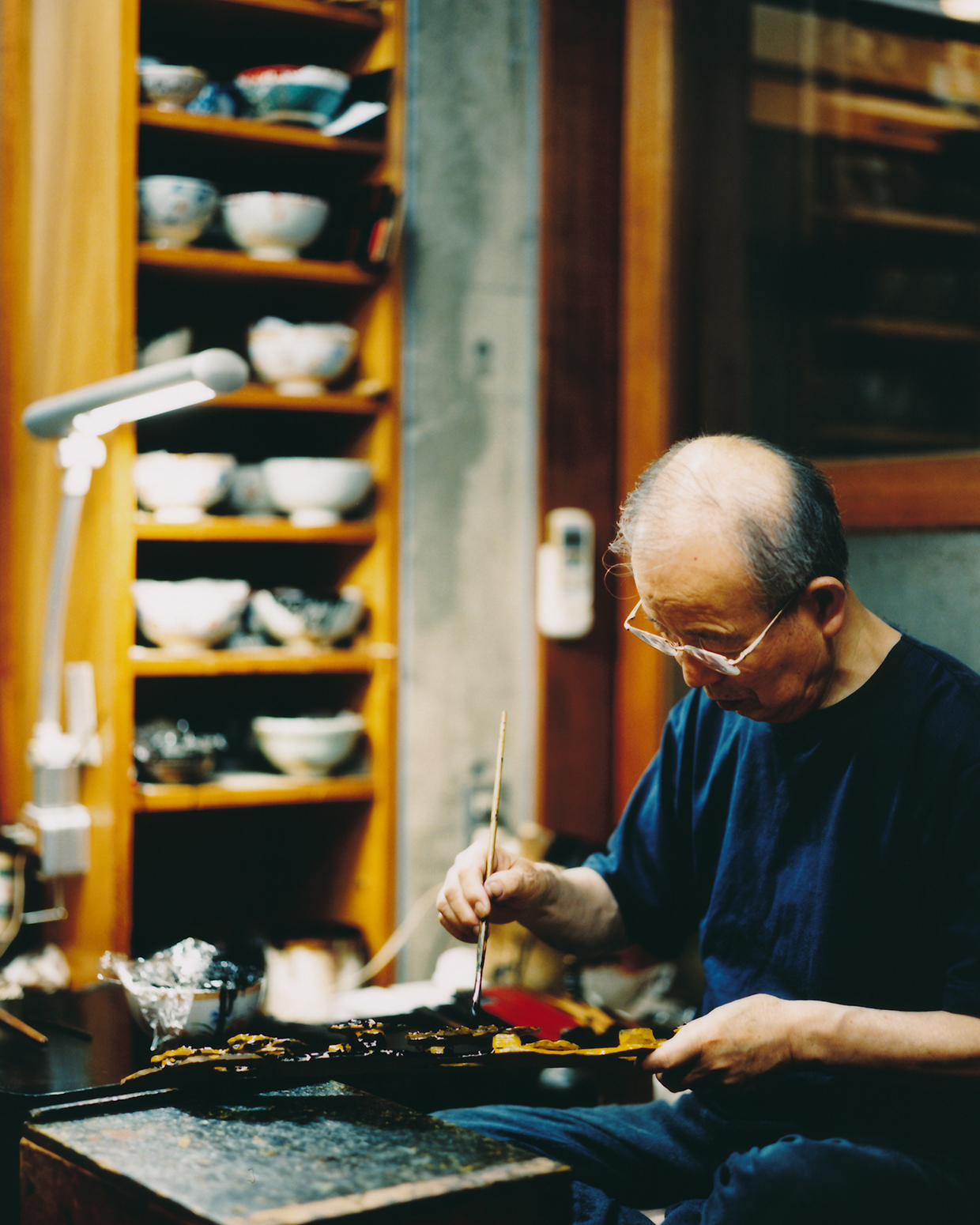You seem to be saying that new markets and products are essential in order to protect this artisan culture.
The artisan techniques and beauty of traditional crafts are truly amazing. We want to craft items that sell well, that people want, and that people will see as beautiful.
In order to preserve artisan techniques, we need people who want to become traditional artisans. When it comes to how to get people interested in the craft, the quickest route to that is to show them the techniques behind it, but opportunities to do so are on the decline today. Also, being able to sustain a living wage from this sort of work is important, so if more people get a chance to interact with new products for themselves, it should lead to the inherent value in traditional crafts going up. We want more and more people to take an interest in becoming artisans who can create amazing products while earning a solid income. The lack of successors in the field is a growing issue, so we want to help resolve it by bringing in new talent.
Over the course of developing new products, we may come across other industries or trends we didn’t know about. The artisans are also getting older, so they need to work with new products that are fresh to them, see what is going on in the outside world, and bring that knowledge back to OONOYA.

You took part in the project in order to promote the value of artisanal techniques to a wider audience. Has this brought any new techniques, ideas, or changes in your viewpoints over the course of working with designers?
Mr. Hirabayashi, an architectural designer who lives overseas, proposed some ideas that gave us a new perspective. Since he is accustomed to living in Europe, we trusted his insights into what trends and needs there are overseas that are in line with the way of life and way of doing things over there. The design for our product is quite simple, so some people might think there is not much to it. However, the designer was confident that this simplicity is valued, in light of the way culture and architecture are changing overseas. Simple designs make the artisanal techniques stand out in an intuitive way, so that was a new insight for us.
What specifically did you feel was unique to the designer’s viewpoint?
Well, the idea was to make a lacquered partition, but that would be quite difficult to turn into a product in Japan. The piece is quite large at 900 x 1700mm, so we thought it might be a tough fit if the house it is used in isn’t palatial. The black urushi (lacquer) also has quite a strong presence. It came as a surprise to learn about the sense of scale in Europe and the idea of partitioning off areas of a room to hide something. Interestingly, the shape of this piece can be used both “to hide” and “to show,” and it doesn’t make the room feel small.
I thought it was a wonderful idea to accentuate the way the finish is reflective as a way of highlighting the urushi (lacquer) and gold leaf techniques. Those reflections make the room look larger and keep the partition subdued, which truly hit home as an architecturally-informed approach.


Would you say this project has let you rediscover the appeal of urushi (lacquer) anew?
We’ve found it to be a rather interesting way of making the most of the material. It feels like we are on the cusp of something new, where we can leverage this idea to use in future products. We are also excited to see how people from overseas respond to these partitions that use techniques so unique to Japan.
Could you tell us more about what traditional techniques are used to apply urushi (lacquer)?
One key item is brushes made of human hair, which are used to apply the urushi (lacquer). The viscosity of the urushi (lacquer) loosens at the slightest change in temperature, amount of solvent used, and so on. It is diluted before use, but if the degree of dilution or viscosity do not match the brush, it will not adhere well, so the artisans often change brushes while applying it. The length, thickness, width, and other aspects of the brush are all changed depending on the viscosity of the urushi (lacquer). This is guided by the experience of the craftsman, an intuitive feeling, and techniques used to give a lustrous finish.
The drying process is also important. No matter how well the finish is applied, it will not turn out right if it dries too fast. Humidification is key. It is allowed to dry naturally. After applying the urushi (lacquer), it is dried by placing it in a space called a “bath,” where the temperature and humidity are controlled to an optimal environment for the material. The best temperature is 22 to 23 degrees Celsius, and the humidity should be 75%. If the humidity rises above that, it will cause shrinkage and overdrying, so wrinkles will appear. Nowadays you can also dehumidify using air conditioners, so things may seem easier than before, but the process is in fact quite delicate.

The product you are presenting is a room partition. What went into making it? How many artisans were involved?
We went about it just like we would with a standard Buddhist altar: at OONOYA BUTSUDAN, we considered how best to assemble it and how to handle the wood, and placed our requests with the artisans. Since this was the first of its kind, we requested that the piece be made to full-scale, and had the woodturner prepare the base material, then a painter apply the urushi (lacquer), with a hardware artisan handling the hinges used to attach the two pieces. The final touches were done by an OONOYA assembler, so it was created by four craftsmen in total.
The thickness of the wood changes by a few millimeter increments depending on the humidity. Since the climate is quite different in Japan and Europe, we had to pay special care to this issue. The initial idea was to paint only the front of the partition with urushi (lacquer) to highlight the wood, but due to concerns about warping or cracking during transportation overseas or on location, we decided to fully paint the entire surface.
In any event, it was quite large, and it was our first time making a piece like that, so it needed some ingenuity. We consulted with the artisans as we progressed, discussing what shape the wood should be turned into in order to make it easier for the painter to apply the finish, and how exactly to apply the coating because of grooves and pockets in the workpiece.
